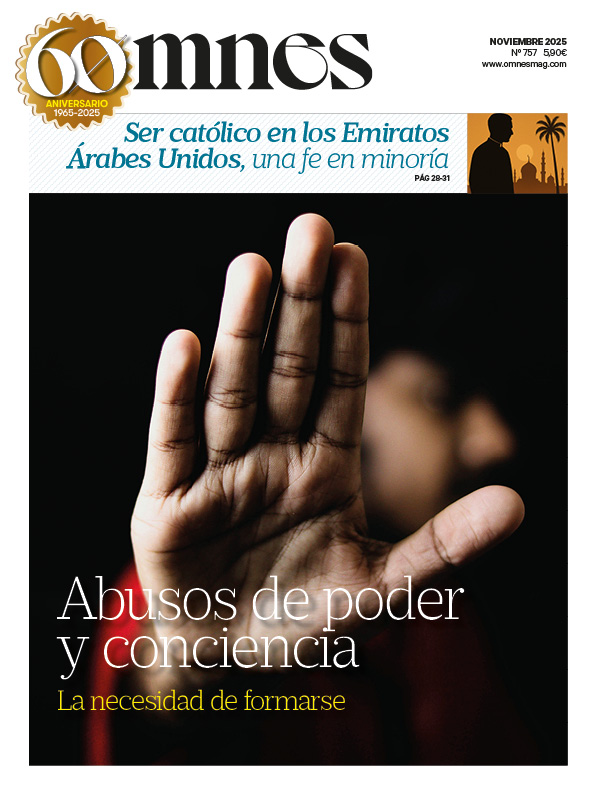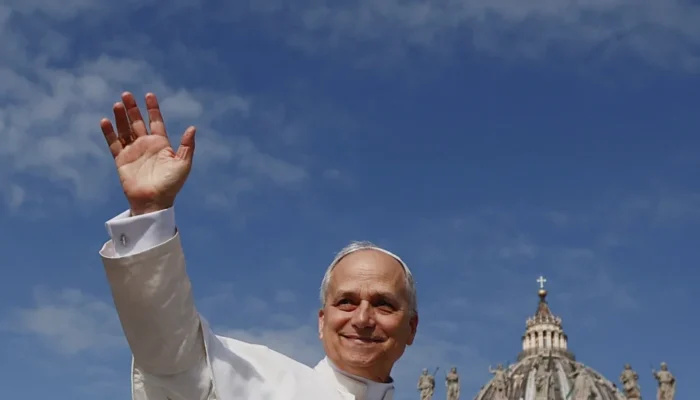Saint Catherine Labouré's parents had 17 children, of whom 10 survived. Catherine was the eighth of those who lived. She was followed by her sister Tonina and Augusto, the youngest, a very sickly child. Her mother died on October 9, 1815.
From the age of 12, she took on domestic responsibilities, combining hard work with an intense life of prayer, sacrifice, and sensitivity toward the poor. From a young age, she felt called to religious life, encouraged by a mysterious dream in which a priest—who years later he would recognize as Saint Vincent de Paul—announced a divine plan to him.
Although her father opposed it, Catherine persevered and finally entered the Daughters of Charity in 1830. At the mother house in Paris, she received visions of St. Vincent and, above all, apparitions of the Virgin Mary that would give rise to the Miraculous Medal. You can see it here. the messages of Our Lady.
He kept the apparitions secret.
Saint Catherine asked to remain hidden. Only her confessors knew the truth about the apparitions, and she rejected any role in the spotlight. In 1831, a year later, she was sent to the hospice in Enghien, where she remained for 46 years, working in the kitchen, dairy, henhouse, laundry, and reception.
In the last months of 1876, already weakened, she calmly announced her death, which came on December 31. Only then did it become publicly known that she was the visionary of the Miraculous Medal, and a spontaneous popular tribute began. She was beatified in 1933 and canonized in 1947.
Extended devotion
Many saints and blessed individuals have worn the Miraculous Medal or have gone to pray to Our Lady of the Miraculous Medal at the Rue du Bac. Among others, we can mention Saints John Vianney, Curé d'Ars, John Gabriel Perboyre, Blessed Frédéric Ozanam, Bernadette Soubirous, Gianna Beretta Molla. Also John Henry Newman, Thérèse of Lisieux, Maximilian Kolbe, Mother Teresa of Calcutta, Josemaría Escrivá, Padre Pio, the Vincentians, John Paul II, José Brochero, etc.








